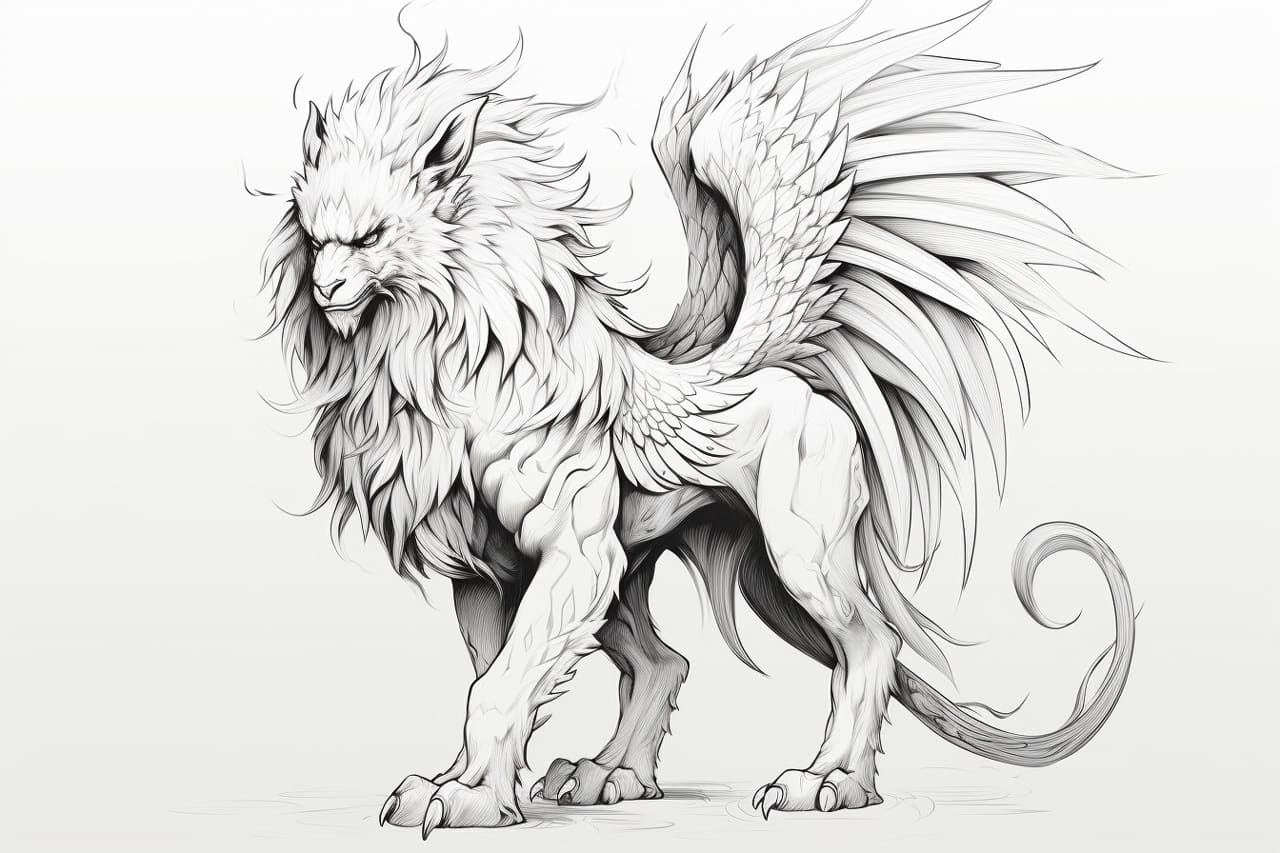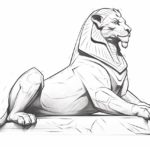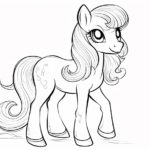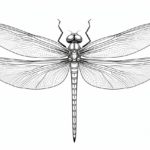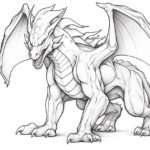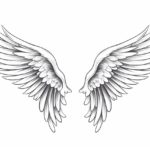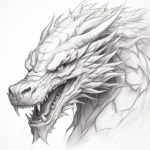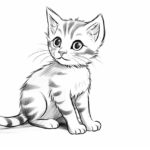Introduction: Welcome to this step-by-step guide on how to draw a griffin! Griffins are mythical creatures that have the body of a lion and the wings and head of an eagle. They have been featured in many legends and stories, and drawing them can be a fun and rewarding experience. In this tutorial, I will walk you through the process of drawing a griffin in a clear, clean, and concise style. So grab your pencils and let’s get started!
Materials Required:
To draw a griffin, you will need the following materials:
- Drawing paper: Use smooth, heavyweight paper that can handle pencil strokes without smudging.
- Pencils: Use a range of graphite pencils with different hardness levels, such as HB, 2B, and 4B. These will help you achieve different levels of shading and depth in your drawing.
- Eraser: Have a kneaded eraser or a soft eraser on hand to correct any mistakes or lighten areas of your drawing.
- Sharpener: Keep a pencil sharpener handy to ensure that your pencils are always sharp and ready to use.
Now that you have all your materials ready, let’s dive into the step-by-step process of drawing a griffin!
Step 1: Basic Shapes
Start by drawing a large oval for the body of the griffin. This will be the main framework for your drawing. Then, draw a smaller oval on top of the first one for the head.
Step 2: Wings and Tail
From the sides of the body, extend two curved lines to create the wings of the griffin. Remember that wings are usually larger towards the base and taper towards the tips. Add some feather details to the wings by drawing a series of small, curved lines.
Next, draw a long, curved line extending from the back of the body to create the tail of the griffin. Make sure the tail is long and feathery, resembling that of an eagle.
Step 3: Legs and Feet
Now, let’s draw the legs of the griffin. Start by drawing two lines extending downward from the body, slightly angled towards the front. These will be the front legs. Add another set of lines for the back legs, angling them slightly towards the back. At the end of each leg, draw the feet of the griffin with sharp, bird-like claws.
Step 4: Head and Beak
Refine the shape of the griffin’s head by adding more details. Sketch the outline of the beak, which will be curved and pointed. Add the eyes by drawing two small circles and a curved line above them to define the brow ridge. You can also add some feathery details around the head to give it a more realistic look.
Step 5: Facial Features and Mane
Add the final details to the griffin’s face. Draw the pupils within the eyes and add some shading to give them depth. Sketch the ears on top of the head, resembling those of a lion. Next, draw the mane, which should be thick and flowing, starting from the back of the head and extending towards the neck and shoulders.
Step 6: Shading and Texturing
To give your griffin a more three-dimensional appearance, add shading and texture to your drawing. Begin by determining the direction of the light source. Shade the areas that are further away from the light, using the side of your pencil to create smooth gradients. Pay attention to the contours of the body, wings, and mane, and use a combination of light and dark shading to add depth and dimension.
Add texture to the feathers and fur by using short, feathery strokes with your pencil. Vary the pressure on your pencil to create different levels of darkness and texture. Take your time with this step and observe reference images or real-life examples of feathers and fur for guidance.
Step 7: Final Touches
Review your drawing and make any final adjustments or corrections. Erase any unnecessary guidelines or stray marks. Add more detail to the feathers, mane, and other areas that may require additional definition. Take a step back and assess your drawing as a whole to ensure that everything flows well and looks balanced.
Conclusion
Congratulations, you have successfully learned how to draw a griffin! By following these step-by-step instructions, you have created a stunning mythical creature on paper. Remember to practice regularly to improve your skills and always have fun with your drawings. Keep exploring different art styles and techniques to develop your own unique approach. Happy drawing!

